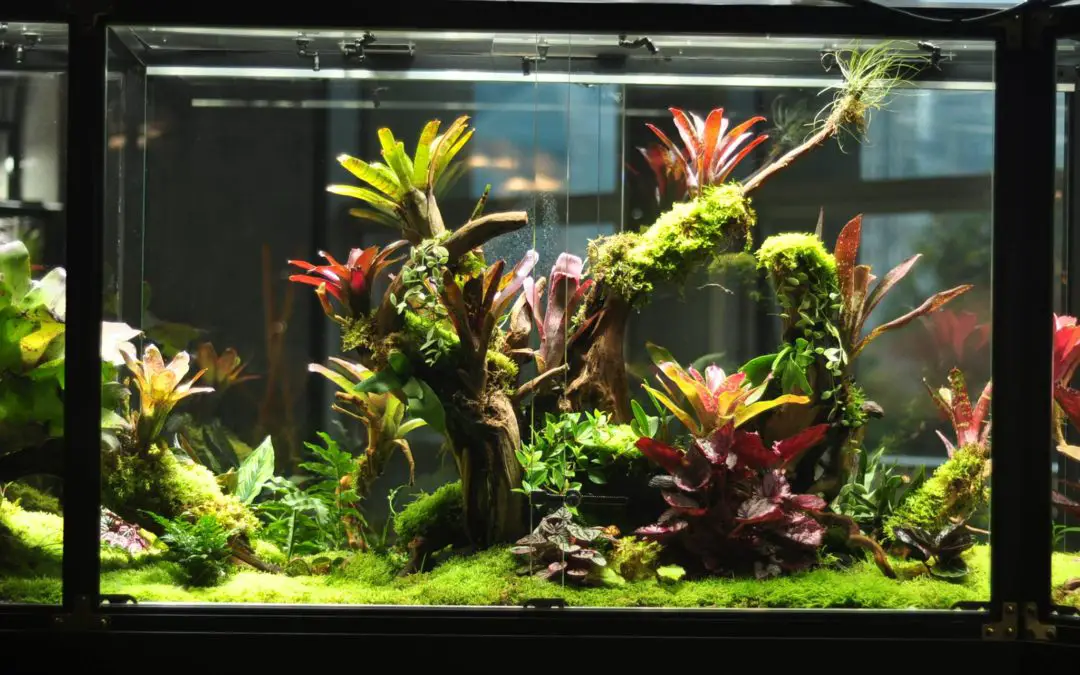This article will go over 5 levels of plant cleaning and quarantining, and then get into some good ideas for the following situations:
- Terrariums and Vivariums
- Potted plants, Living walls and Vertical Gardens
- Aquariums
Terrariums and Vivariums are particularly hospitable environments for pests to take hold, but a few proactive steps and you’ll have a lot less problems.
- Quarantine plants from day one.
- Remove the growing medium.
- Meticulously rinse and wipe down all leaves and stems.
- Then sterilize using a 20 parts water to 1 part plain bleach solution.
- Maintain quarantine for 2 to 4 weeks.
- If pests or disease are present start the process over again.
Bringing new plants home
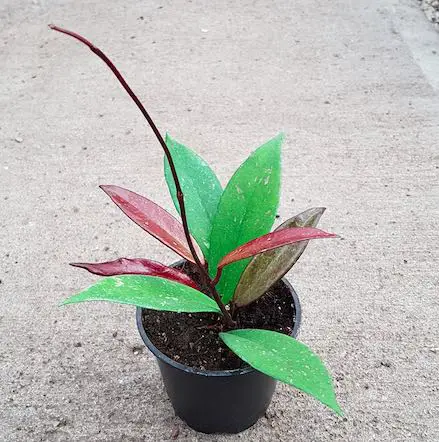 Plants can have a lot of different pests living in the soil and on the vegetation. A lot of critters are especially hard to see when they’re in the soil. Little eggs and larvae can be hiding in an otherwise healthy looking plant.
Plants can have a lot of different pests living in the soil and on the vegetation. A lot of critters are especially hard to see when they’re in the soil. Little eggs and larvae can be hiding in an otherwise healthy looking plant.
The idea with quarantining or sterilizing plants is to prevent these critters from maturing, multiplying, and spreading. If you can quarantine and sterilize your plants early, right after you get them home, you’re saving yourself a lot of headaches down the road.
In my experience hardware stores and nurseries have great selection. But they always have critters! It’s like clockwork. New plant, new bugs crawling and flying all over the place.
Whether you’re getting plants from shows and expos, hardware stores, plant nurseries, or pet shops, it’s worth taking a few minutes to do some pre-emptive preventative care.
The 5 degrees of plant cleaning and quarantining
When bringing new plants into your house you have a choice to make. Are you willing to invest a little bit of effort today, to save a lot of effort tomorrow? The way I see it there are 5 levels of preventative measures you can take:
- Do nothing: bring new plants into your home and hope for the best!
- Quarantine the plants by isolating them. Find a spot that’s away from the majority of your plants. Keep the new ones there for a while and monitor for pests.
- Remove the soil. Most pests will hitch-hike in the soil.
- Wash the plant. Meticulously rinse and lightly wipe down the entire plant.
- Disinfect and sanitize. Use a chemical
And if you still have issues, start the process over again!
Do nothing
Risky business! But if you’re confident your plants are coming from a clean source, or you’re just a particularly easy going person, this is an option. Welcome the plants and any hitch-hikers right into your house.
Could work out great.
Could be a disaster.
Either way I appreciate your sense of adventure!
Why quarantine house plants?
To decide how long to quarantine, we can take a hint from the origins of the word!
Quanrantina in Italian means forty days.
This is a good ballpark length, but you can probably get away with 2 weeks if you’re in a hurry.
Quarantining a plant is one way to determine If a plant is carrying pests, but I’d recommend taking things a step further. Invest a few more minutes of effort when you first get the plant, and you can save a lot of headaches down the line.
If you think your plants are coming from a pretty clean source you can jump straight to quarantining.
Isolate plants for 2-4 weeks.
Large Tupperware container. Ideally with a foam gasket. Keep water and pests in. It won’t need watering as often.
Multiple containers can help you keep plants separate and reduce cross-contamination. Put near a window or some artificial lighting.
If plants have pests at the end, remove the soil, wash the plant, disinfect, and quarantine again.
Remove the soil that plant comes with!
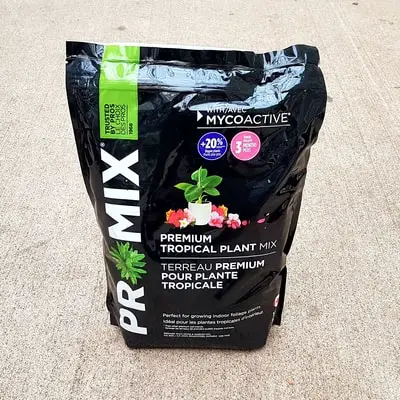 Chances are pests, insects, pathogens are living in the soil. The easiest way to keep them from spreading to your other plants and all over your house is to
Chances are pests, insects, pathogens are living in the soil. The easiest way to keep them from spreading to your other plants and all over your house is to
- Remove the plant from the pot it came in
- Shake off as much soil as you can, you can use a fork to gently rake out the roots, if the plant has really fine roots, be even gentler. But don’t worry about losing a few.
- Another great option is a soft brush. An old toothbrush or paintbrush can work great. Try not to destroy too many of the tiny roots.
2. Wash the plant
- Fill a bucket with luke-warm tap water.
- Immerse the plant in the tap water.
- Work the rest of the soil and growing medium out of the root ball. Use your fingers
- Give the plants a good rinse with lukewarm water to remove any remaining substrate.
- Visually inspect the plant to see if there are any hitch-hikers left over.
Disinfect and sanitize
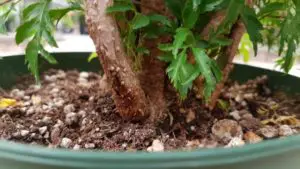 A diluted bleach will work. Bleach can have all kinds of additives. Look for one without any, you want a sodium hypochlorite bleach. Usually generic brands, or products marked “regular bleach” will be what you want.
A diluted bleach will work. Bleach can have all kinds of additives. Look for one without any, you want a sodium hypochlorite bleach. Usually generic brands, or products marked “regular bleach” will be what you want.
Soak the plants for 15 minutes first. This will further help loosen contaminants, and hydrate the vegetation and roots. It’s not desirable for a dry plant to soak up bleach.
Mix 1 part bleach to 20 parts water. It works out to about 2/3 of a cup of bleach per gallon of water. Or one cup (250mL) for 5 litres.
- Wear gloves and do it in a well ventilated areas.
- Dip the plants for 5 minutes. Some people do it longer. Longer will stress the plants out more, but do a better job of disinfecting.
- Rinse the plants
Potassium permanganate is another great option for disinfecting. It’s something I’ve been curious about, so I did a bit of experimenting and wrote an article about it. Check it out!
Link to potassium permanganate article coming soon!
How long to quarantine house plants?
When quarantining, the general idea is to give pests a chance to get established, and go through a lifecycle. I know that sounds strange and counter-productive! If there are eggs and larvae in the soil, they make take a few weeks to fully develop into adults.
So, a good length of time is 2-4 weeks. This will give most pests enough time to become visible. Hopefully you won’t see any pests, but if you do, you
How to preparing plants to use in vivariums with animals
If you have a terrarium or vivarium, you need to take special care that new plants aren’t going to bring disruptive organisms with them unintentionally. Preparing plants for terrariums, vivariums, and paludariums requires a few specialized techniques. But don’t worry you can do a good job at home.
Pests and pathogens can be brought in as well. Fungus gnats are particularly annoying! They usually come in as eggs or larvae in the soil of plants. They quickly mature and can spread to all your plants. Sterilizing can also help reduce algae numbers, which can be a big benefit.
Always plan on a quick bit of work to reduce your risks. New plants can introduce chemicals that can hard on other plants, animals and beneficial organisms in the soil. Sensitive animals can be particularly harmed by commercial fertilizers and pesticides. By taking a little care and going through the right steps, you can get them in great shape.
For a terrarium or vivarium that’s going to host living animals, you want to be extra cautious with new plants. The best (and most expensive) option is tissue culture plants. These are grown completely in isolation, from sterilized seeds and so they have nothing but the plant included! If that’s not a good option for your budget or location, then take some precautions:
- Remove any growing medium the plant came with (rock-wool or otherwise)
- Disinfect and sanitize the plant according to the instructions above
- And then Quarantine the plant, to make sure you took care of everything
How long should I quarantine new aquarium plants?
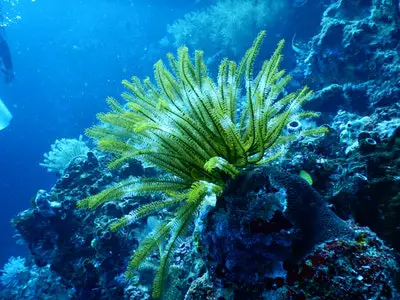 To quarantine aquatic plants, isolate them in their own aquarium or container. Make sure they have sufficient light and the right temperature. If conditions can be maintained similar to their final aquarium, this will also give them a chance to acclimatize.
To quarantine aquatic plants, isolate them in their own aquarium or container. Make sure they have sufficient light and the right temperature. If conditions can be maintained similar to their final aquarium, this will also give them a chance to acclimatize.
Quarantining should be done for at least a few weeks. This is long enough to see if the plants develop any noticeable issues. It’s also long enough for tiny organisms to grow, and move around a bit so you have a chance to identify them.
Bacteria, pathogens and snails are common passengers.
To disinfect aquarium plants you’ll need a container, some regular bleach with no additives, and water conditioner/chlorine remover.
- Transition the plants to the temporary container,
- add a dilute bleach solution (20 parts water to 1 part bleach).
- Soak the plants for 3-5 minutes.
- Rinse very well.
- Do a second soak in fresh water to dilute any remaining bleach.
- Remove the plants and discard the water.
- Change the water again, and then do a final soak with the water conditioner/chlorine remover.
- Your plants should now be ready to go!
Certain aquatic plants will be more sensitive to chlorine than others. Consider the pros and cons of quarantining vs sterilizing for your situation.
Conclusion
Sterilizing and quarantining plants take a bit of work, but are the safest option. Depending on your circumstances, you can choose which degree of effort meets your goals. Overall, I think it’s worth the time to change growing mediums and do a full sterilization.
It’s really annoying trying to get rid of pests after fact. There are some great chemical and natural pesticides, but they never seem to be 100%.

I’m Alex Lafreniere. I learned a lot about plants when I built and operated a landscaping company. But, there’s always more to learn. Ever since travelling across the world, I’ve wanted to find ways to bring more tropical and exotic plants into my life. This is the site where I share everything I’ve learned with you.
This site is owned and operated by Plant Hardware, a sole proprietor headquartered in Calgary, Canada. Plant Hardware is a participant in the Amazon Services LLC Associates Program, an affiliate advertising program designed to provide a means for sites to earn advertising fees by advertising and linking to Amazon.com.Plant Hardware may also participate in affiliate programs with Bluehost, Clickbank, CJ, ShareASale, and other sites. Plant Hardware is compensated for referring traffic and business to these companies.

